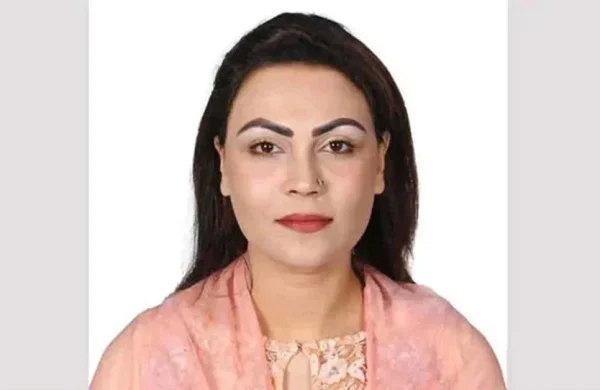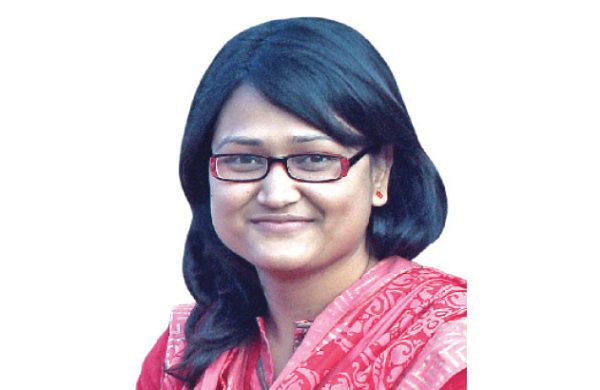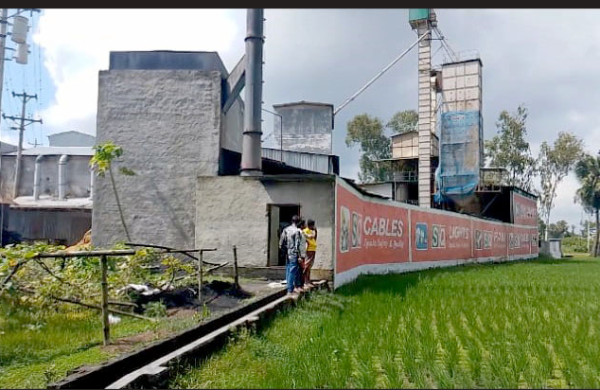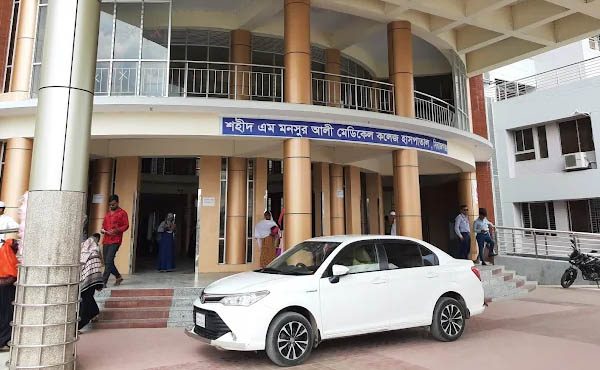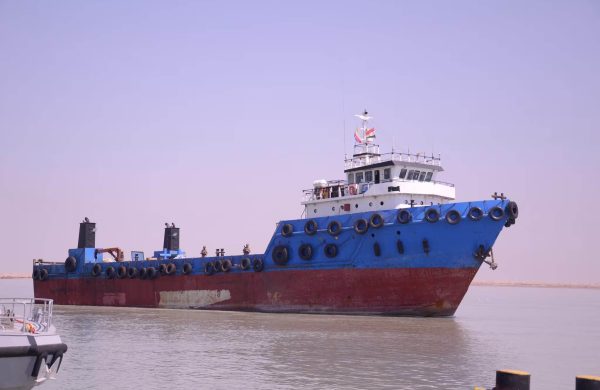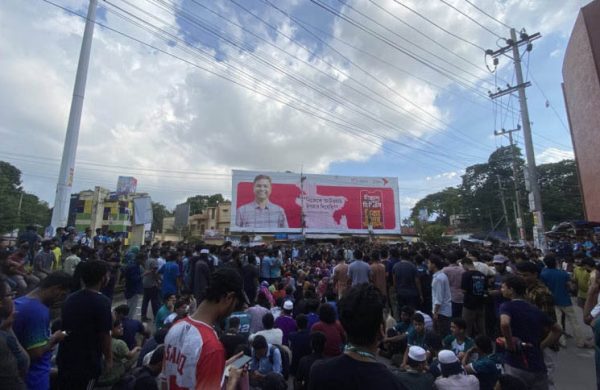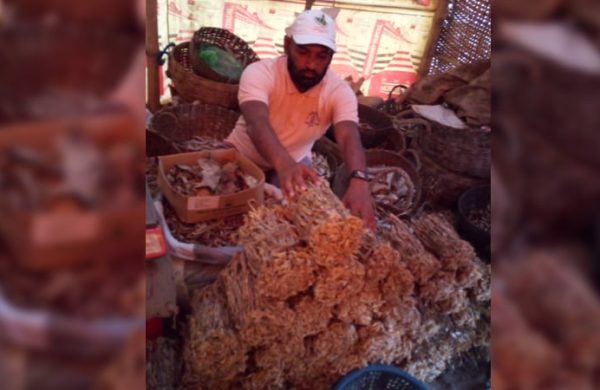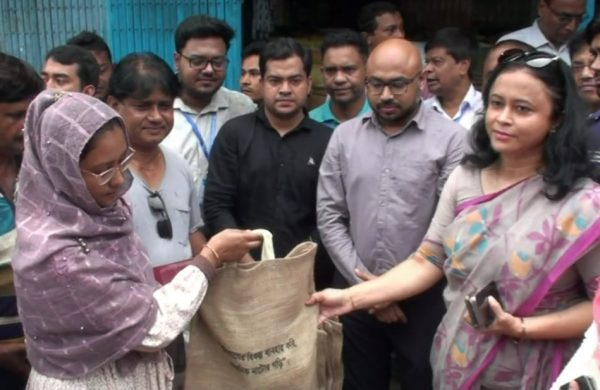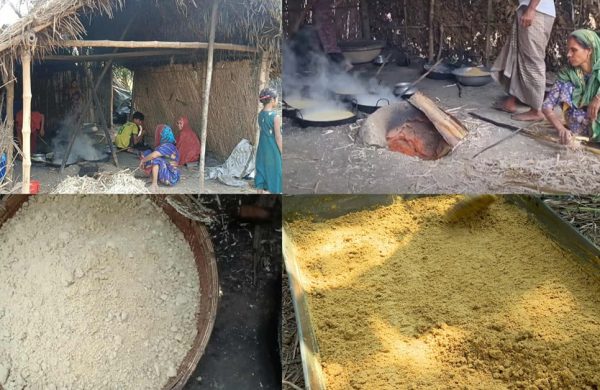Agroforestry Is Bangladesh’s Green Shield against Climate Shocks
- Update Time : Wednesday, August 27, 2025
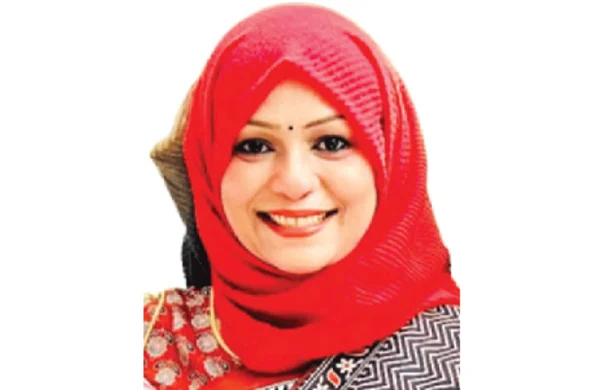
—Dr Shahrina Akhtar—
Our sky no longer tells the story they once did. Birds arrive too early, rains fall too hard, and the soil itself seems to shift beneath farmers’ feet. In Bangladesh, where monsoon rains have grown nearly 20 per cent more intense over two decades and extreme weather strikes beyond its usual seasons, traditional knowledge struggles to keep pace. Amid these mounting challenges, agroforestry offers a quiet but powerful solution. By weaving trees into croplands and pastures, farmers create landscapes that absorb shocks, store carbon, provide food and income and strengthen the very foundation of rural life. It is a strategy rooted in evidence, already within reach, and capable of transforming Bangladesh’s farms into resilient, multifunctional ecosystems.
Agroforestry is already a familiar and productive part of life across Bangladesh. A 2024 nationwide survey found nearly all households practicing homestead agroforestry for fruit, with over a third extending trees into cropland to create tree–crop mosaics that provide food and cash year-round. Beyond livelihoods, these systems store carbon efficiently: a 2025 synthesis estimated typical agroforestry sequesters 5.7 megagrams per hectare annually in biomass and 1.4 in soils. Roadside and institutional plantations show carbon stocks rivalling natural forests, proving that productive, carbon-rich landscapes thrive outside formal reserves. Bangladesh’s unique strength lies in its vast footprint of “trees outside forests,” covering over 2.23 million hectares, about 15 per cent of the country’s surface, surpassing officially mapped forests. These trees are not remote; they are woven through villages, canals, roads and fields, creating an existing, tangible infrastructure to deliver rapid climate and livelihood benefits at scale.
The climate benefits of trees are palpable. In homestead forests, trees cool the canopy during brutal summer afternoons, slow desiccating winds over boro rice, and provide shade for livestock. Soil health improves under a canopy of jackfruit, mango, timber species, and other multipurpose trees. The diversity of ecosystem services, provisioning, regulating, and cultural, is not an academic abstraction. It can be the difference between a failed single crop and a household that still eats and sells something in a bad season. In coastal and riverine areas, social and co-managed plantations stabilize land, blunt storm surges, and produce wood, poles, and fruit for local use. Tens of thousands of kilometres of strip plantations involve hundreds of thousands of participants, including women, with revenue from tree harvests circulating through local economies.
Policy support strengthens agroforestry’s potential in Bangladesh. The National Adaptation Plan (2023–2050) emphasises nature-based solutions and climate-resilient agriculture, creating clear pathways for scaling agroforestry through extension services, finance and local government programmes. Importantly, it shows that trees can thrive not only on government land but across private cropland, homesteads and char lands. Complementary initiatives, including REDD+ and social forestry, highlight the benefits of people-centred approaches. Social forestry has long improved tree cover and livelihoods, while recent research underscores Bangladesh’s global commitments to restore degraded lands. Homestead forests covering 0.27 million hectares already supply significant timber and fuelwood and store carbon, and Social Forestry Programmes have transformed roadside and public lands into tree assets, distributing proceeds to participants and reinvesting through a Tree Farming Fund. These successes demonstrate that scaling agroforestry builds on proven, home-grown models rather than waiting for perfect conditions.
Agroforestry must shift from the margins of forestry programs into the heart of agricultural extension. Farmers need practical, locally tailored guidance: saline-tolerant species and betel vine trellises in coastal areas, mango–turmeric or guava–vegetable combinations on higher ground, and careful tree spacing, pruning, and light management to ensure trees enhance rather than suppress crop yields.
Adoption can be further strengthened through risk management. Young trees are vulnerable to cyclones, floods, and other shocks, making pilot micro-insurance covering sapling loss, bundled with index insurance for companion crops, essential for farmer confidence. Connecting agroforestry to carbon and restoration finance should begin with transparent, low-transaction pilots that respect farmer autonomy over species and harvest cycles. Research can guide species mixes, pruning regimes, soil recovery, erosion-resistant char land designs, and inclusive participation of women and youth.
The principle works. A smallholder in the northeast planting shade trees over turmeric may see cooler soils and reduced irrigation needs by year two. Coastal farmers interplanting guava and salt-tolerant species along shrimp–rice rotations can stabilize embankments and reduce storm losses. Char land communities planting multipurpose trees on newly accreted silt bars can anchor land that previously drifted away. These outcomes are measurable, bankable, and scalable.
Bangladesh does not need to invent a new climate solution. It already has one. The National Adaptation Plan provides the policy runway, social forestry proves the delivery capacity, and emerging science offers the metrics to steer success. Aligning extension, incentives, and insurance around farm-friendly agroforestry, while letting researchers solve real, practical questions, can turn millions of small plots into a national climate shield. Fields will be cooler, soils richer, incomes steadier, and the songs of birds will return over the paddies. Agroforestry is not just about trees; it is about time. Plant now, and the shade arrives when a child starts school, the fruit when a daughter graduates, and timber when a family needs a roof.
———————————————————————————-
The writer is a Specialist (Technical) and Research Adviser, Krishi Gobeshona Foundation. Email: [email protected]


